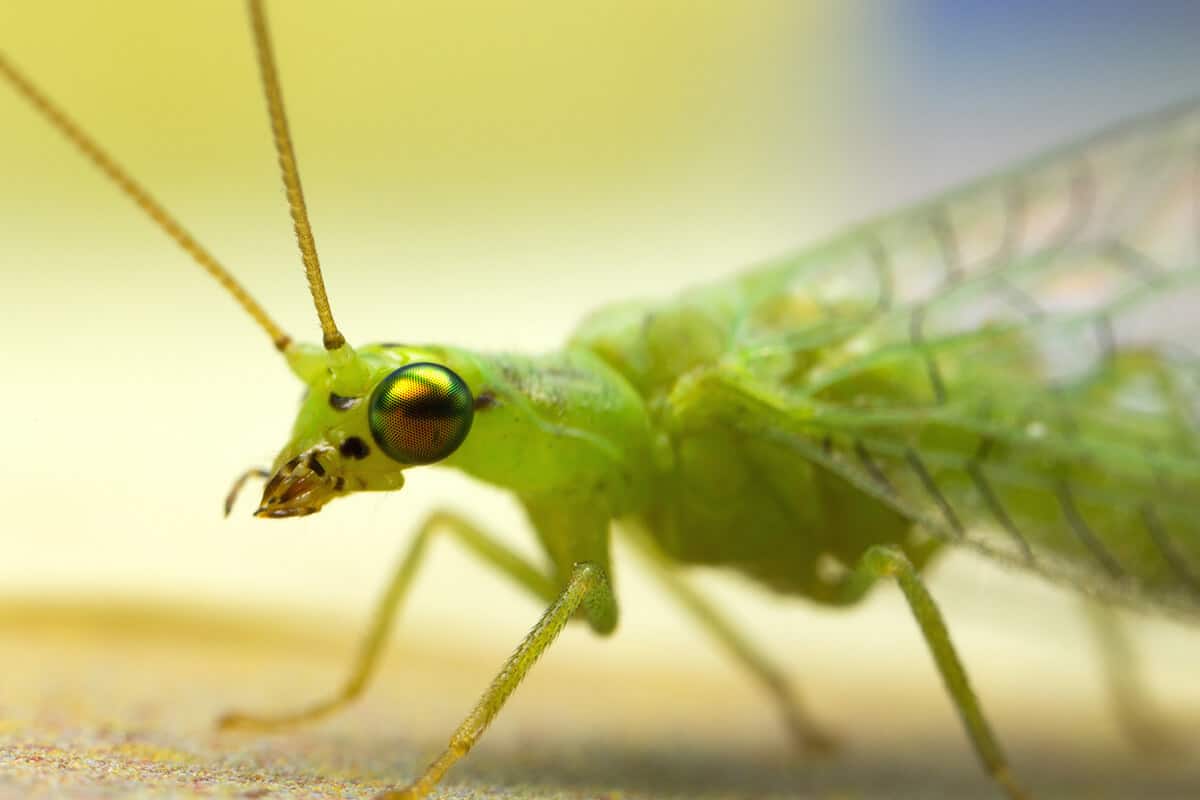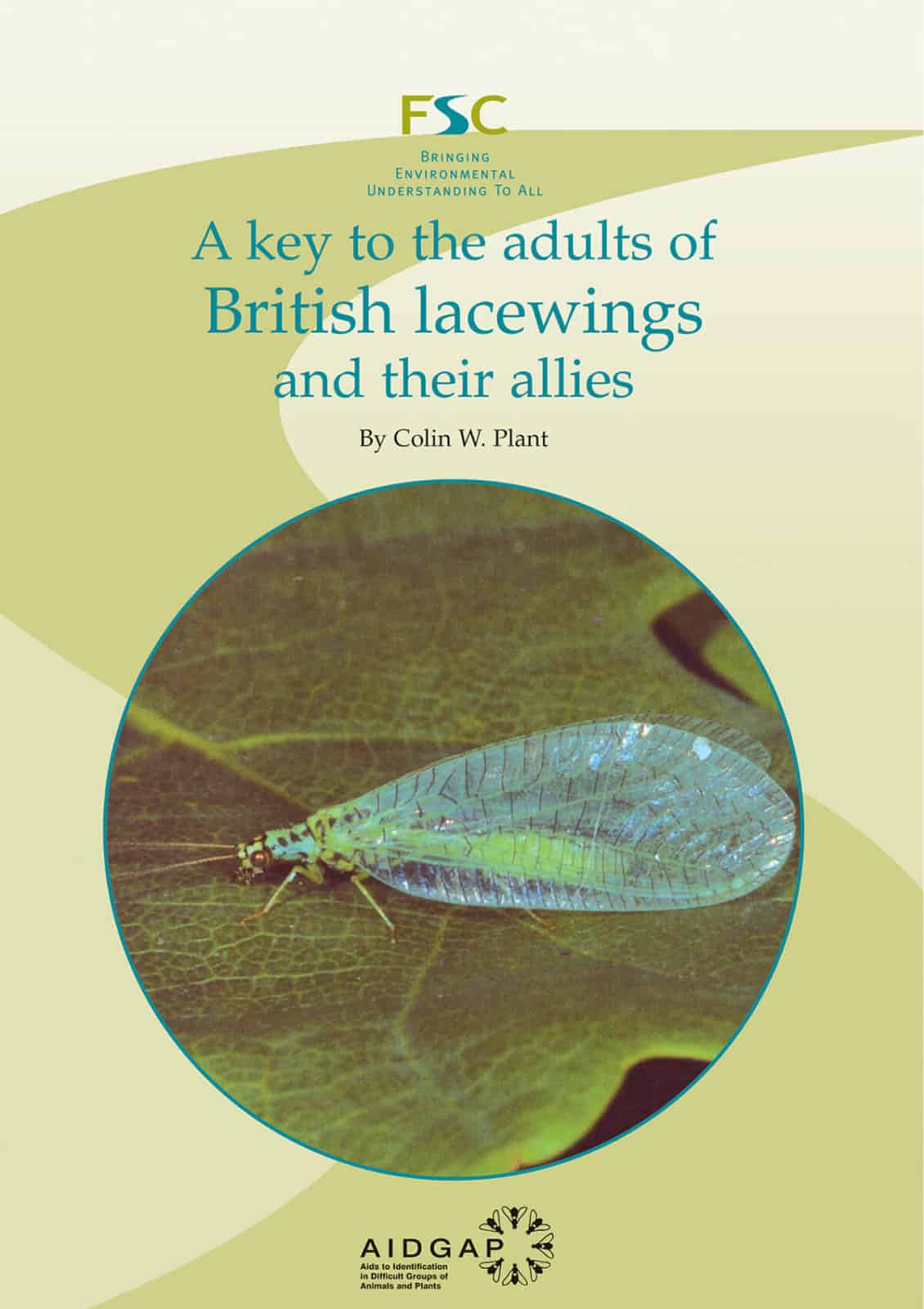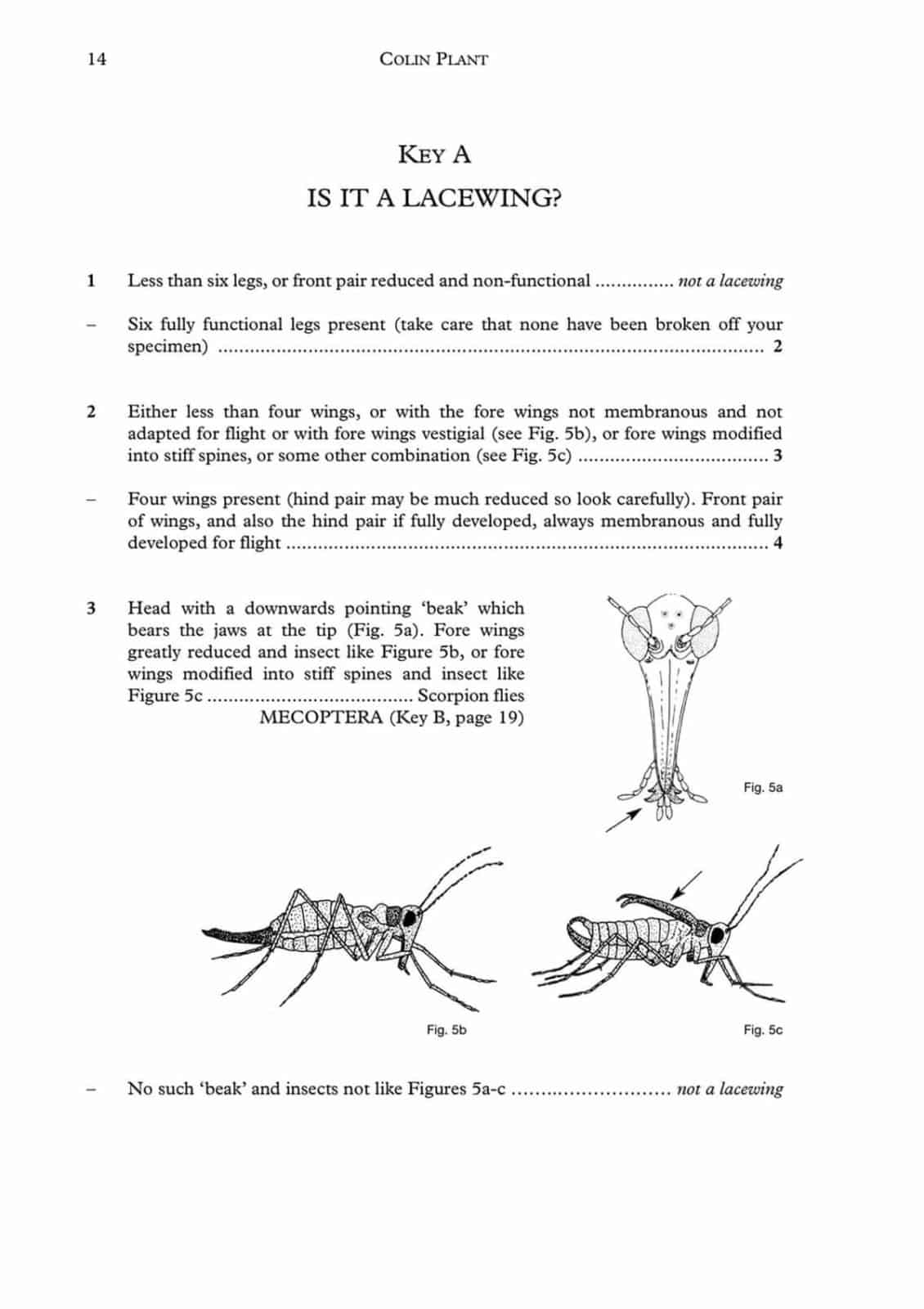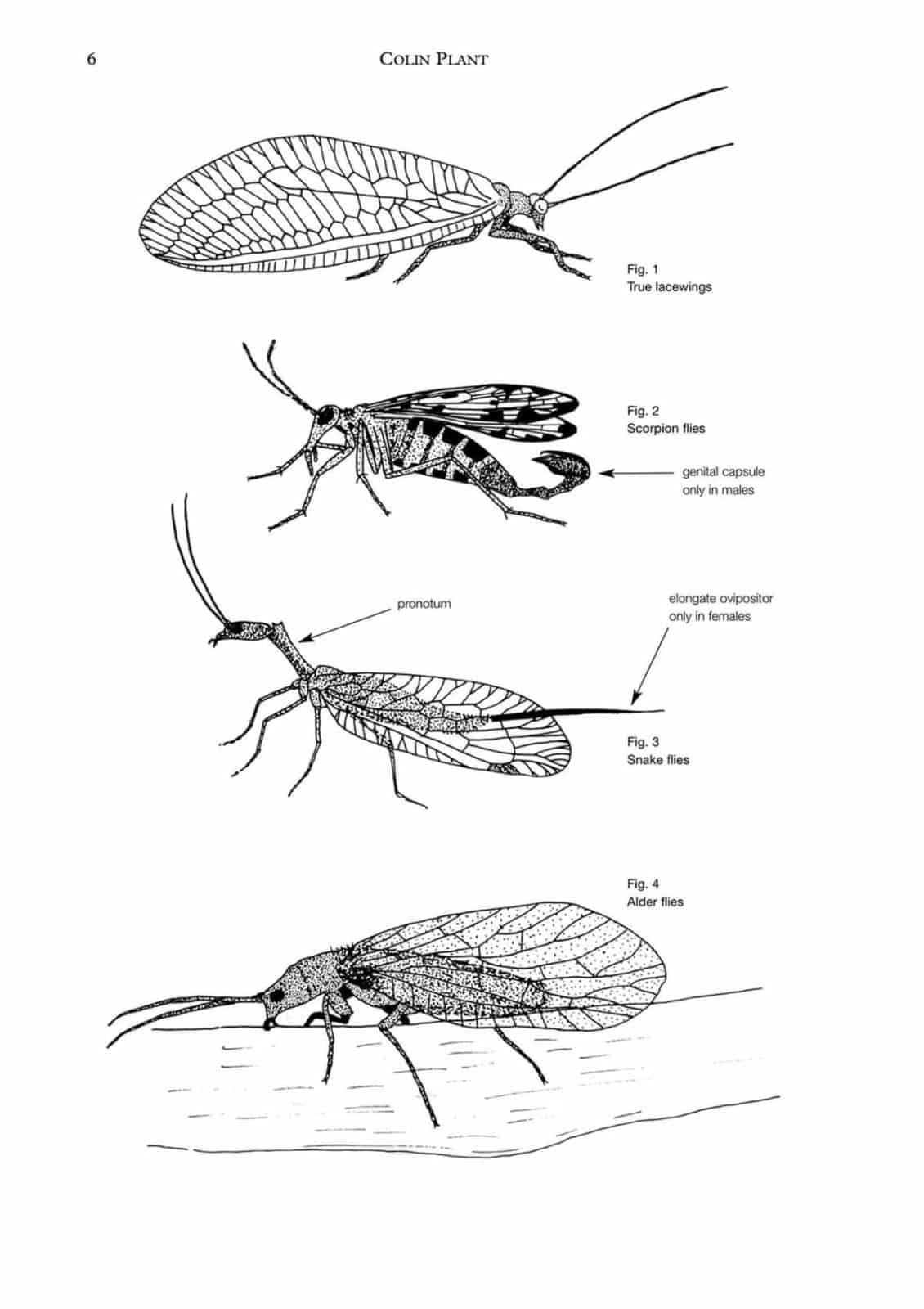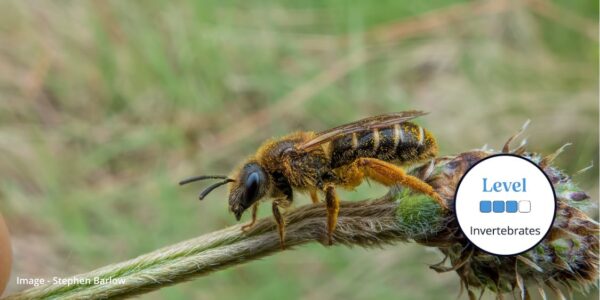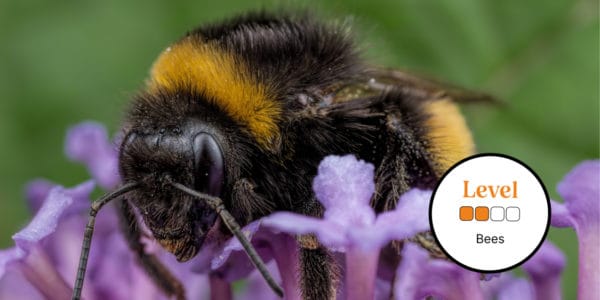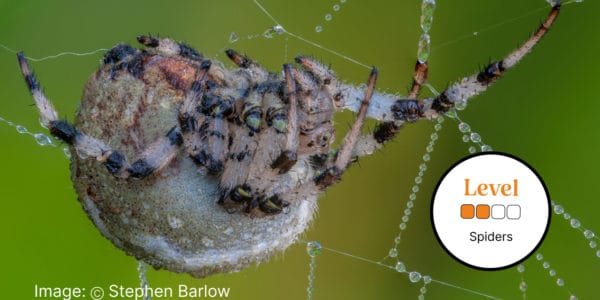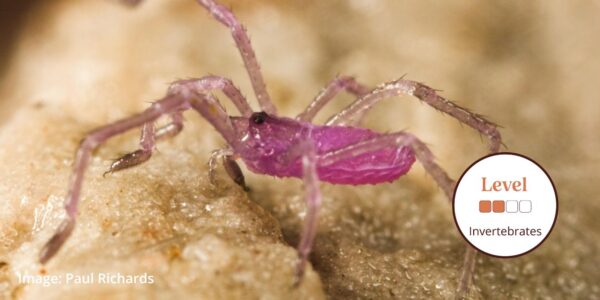Lacewings AIDGAP
FSC Lacewings AIDGAP is an identification guide to adults of 73 species in Britain and Ireland. The keys cover true lacewings and their allies, including scorpion flies, snakeflies and alder flies.
Where possible the key allows identification of living specimens in the field. A x20 hand lens is all you need. However to resolve a few species, some specimen preparation and examination under higher magnification are unavaoidable.
Lacewings and allies are generally easy to find. Our knowledge of the distribution of British and Irish lacewings and their allies has expanded significantly in recent years. But there is still more to discover. Some species occur in domestic gardens, and many others in woodland, grassland and near the coast.
Many are most active at dawn and dusk and are attracted to light. Indeed many green lacewings and some brown lacewings are common moth trap invaders. A reasonable garden list is possible through simply leaving the kitchen light on and the window open during summer evenings. Most species will rest on the ceiling and are easily collected into a tube.
Sweep netting of vegetation from June to August can be very productive. Grassland, hedge banks and young oaks and elms may each yield a different set of species. Bramble and nettles may harbour scorpionflies, while riverside vegetation in spring will usually yield alder flies.
This lacewings guide is part of the FSC’s AIDGAP series (Aids to Identification in Difficult Groups of Animals and Plants). As with all guides in the series, the Lacewings AIDGAP underwent extensive testing before publication, by beginners and specialists alike. The author has revised this, the first published version, in the light of the testers’ experience.

